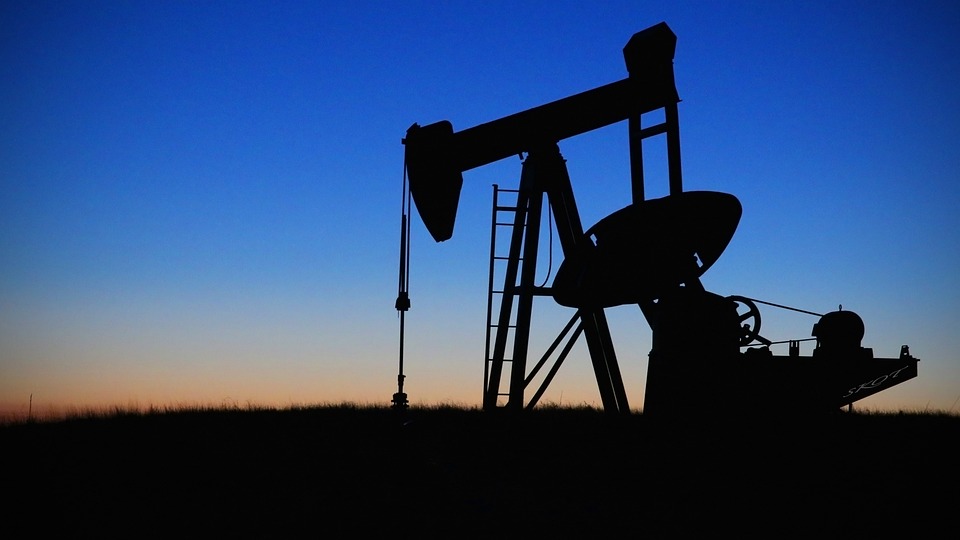Top Picks For 2022: Enterprise Products Partners

Image Source: Pixabay
Enterprise Products Partners (EPD) is one of the largest publicly traded midstream (i.e., pipeline and storage) companies in the world. It is also the largest master limited partnership (MLP) and one of the largest energy companies by market cap.
EPD operates as a holding company, which engages in the production and trade of natural gas and petrochemicals. The company has about 50,000 miles of natural gas, NGL, crude oil, refined products, and petrochemical pipelines.
The company's operations are concentrated in Texas, but its pipelines spread across the U.S. The company’s pipelines are connected to about 90% of all refineries East of the Rockies. In addition to its pipelines, EPD’s operations include:
- 260 million barrels (MMBbls) of natural gas liquids (NGL), petrochemical, refined products, and crude oil, and 14 billion cubic feet (Bcf) of natural gas storage capacity;
- 19 natural gas processing facilities; 25 fractionators; 11 condensate distillation facilities; propane dehydrogenation (PDH) facility;
- Export Facilities: 19 deep-water docks handling NGLs, polymer grade propylene (PGP), crude oil & refined products.
EPD’s diversification has helped it withstand the cyclical natural of the oil and gas business. EPD launched its initial public offering (IPO) in 1998, so it has operating during the oil price crash of 2008, the natural gas price slump that began in 2010, the oil price crash that began in 2014, and the COVID-19-induced oil price crash of 2020. Throughout that turmoil, EPD raised its distribution every year, and covered it conservatively with existing cash flow.
Additional Important Factors
However, I want to mention two factors. First, it is an MLP. As such, it trades in units instead of shares. I am not going to do an overview here of MLPs, but I want to note that they are structured differently than a corporation.
When you get a distribution, it will be mostly classified as a “Return of capital.” This is a return of a portion of your original investment that is not considered income or capital gains from the investment. However, a return of capital reduces your adjusted cost basis.
Once the adjusted cost basis has been reduced to zero, any subsequent return will be taxable as a capital gain. That means that your tax burden from an MLP like EPD is low relative to dividends you may receive from corporations. For my latest distribution, 100% was a return of capital, and therefore nontaxable. At least, until my cost basis has been reduced, or I sell my investment.
The other factor I want to highlight is that even though EPD’s business remained stable through the turmoil of recent years, volatility in the energy markets impacted EPD’s unit price — completely unjustly in my opinion given the underlying fundamentals. But the net result is that EPD is more volatile than the S&P 500.
However, at a current tax-advantaged yield of 8.4% — and I want to reiterate that this is conservatively covered with cash flow — it’s a great addition to an income portfolio. I would say EPD is a "Buy" up to $28.



